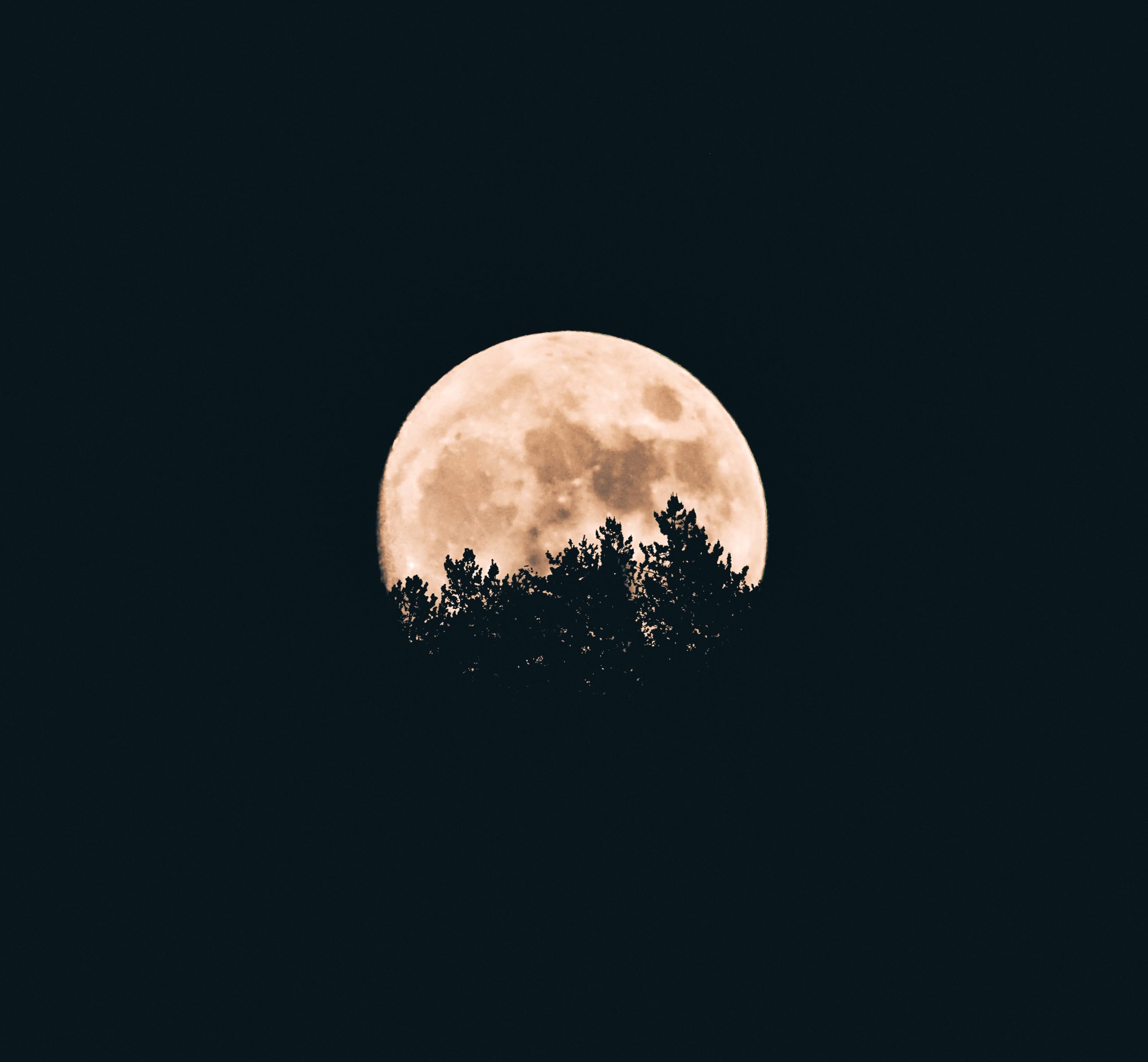The Fascinating Connection Between Tide and Moon Phases
Have you ever noticed how the tides on Earth seem to rise and fall in a rhythmic pattern? They shift from high to low, creating a dynamic dance between the land and the sea. Interestingly, these captivating tidal movements are intricately tied to the moon’s ever-changing phases. In this blog post, we’ll delve deep into the relationship between tide and moon phases, exploring the science behind this phenomenon.
Understanding Tides
Tides refer to the rise and fall of the sea level caused by the gravitational pull of celestial bodies, primarily the moon and the sun. However, the moon plays a significantly larger role in creating tides due to its proximity to Earth. The sun’s gravitational force, while influential, is only about half as strong as the moon’s, despite the sun’s immense size.
Tides occur due to the gravitational attraction between the Earth and the moon. This attraction leads to the formation of two tidal bulges on opposite sides of our planet, causing the high tide zones. As Earth rotates, different locations move through these tidal bulges, resulting in the alternating high and low tides experienced along coastlines around the world.
The Role of Moon Phases
To understand the connection between tide and moon phases, we must first grasp the concept of lunar phases. The moon undergoes continuous changes in its appearance, which we perceive as different moon phases. These phases are a result of the moon’s position in relation to the sun and Earth.
The moon cycle begins with the new moon, which is not visible from Earth as the illuminated side faces away from us. As days progress, the moon gradually reveals more of its illuminated surface until it reaches the full moon stage. Following this, the moon starts to wane, showing less of its illuminated side until it appears as a new moon again, thus completing a lunar cycle.
Spring and Neap Tides
The interaction between moon phases and tides is most prominent during spring and neap tides. Spring tides occur when the gravitational forces of the moon and the sun align, reinforcing each other. This alignment happens during the full moon and new moon phases. Despite the name, spring tides have nothing to do with the season; the term originated from the idea of the water “springing” forth during these tides.
During spring tides, the tidal bulges formed by the moon’s gravitational pull are at their maximum, resulting in higher high tides and lower low tides. Coastal regions experience stronger currents and more dramatic tidal fluctuations during this period.
On the other hand, neap tides occur when the gravitational forces of the moon and the sun counteract each other, leading to weaker tides. Neap tides occur during the first and third quarter moon phases when the moon and the sun are at a 90-degree angle with respect to Earth. The tidal bulges are minimized during neap tides, resulting in smaller differences between high and low tides.
Monthly and Annual Tide Variations
While the relationship between tide and moon phases is undeniable, it’s essential to note that other factors also influence tidal patterns. The alignment of the sun, moon, and Earth not only impacts the monthly tide cycle but also influences annual variations.
The positions of the Earth, moon, and sun change throughout the year due to the Earth’s elliptical orbit around the sun and the moon’s elliptical orbit around the Earth. This variation affects the distance between these celestial bodies, consequently impacting the intensity of gravitational forces and tides.
Furthermore, the Earth’s tilt also plays a role in tides. During specific seasons, such as summer and winter solstices, the tilt brings about variations in the intensity of solar radiation, leading to seasonal tides. These additional factors contribute to the complexity of tidal patterns and make them unique to each location.
| Moon Phase | Tidal Bulges | Tide Variation |
|---|---|---|
| New Moon | Aligned with Sun | Spring Tide (Strongest) |
| First Quarter Moon | 90-degree angle with Sun | Neap Tide (Weakest) |
| Full Moon | Aligned with Sun | Spring Tide (Strongest) |
| Last Quarter Moon | 90-degree angle with Sun | Neap Tide (Weakest) |
Implications of Tide Patterns
Understanding the relationship between tide and moon phases has practical applications in various fields. For sailors, fishermen, and surfers, knowledge of tidal patterns helps them plan their activities effectively. Coastal communities may also rely on tide predictions for flood control, navigation, and beach erosion management.
Furthermore, the planet’s delicate ecosystems are influenced by tides. Many marine species synchronize their life cycles with tidal patterns, ensuring reproductive success and survival. The ebb and flow of tides bring nutrient-rich waters and impact the distribution of plankton, which serves as the foundation of marine food chains.
Historical and Cultural Significance
The connection between tide and moon phases has fascinated people for centuries. In ancient cultures, tides were associated with lunar deities and featured prominently in myths and folklore. The ability to predict tides allowed early civilizations to navigate oceans, explore new territories, and establish trade networks.
Even in modern times, moonlit beaches and moonlit tides continue to captivate the human imagination. The allure of moonlit walks by the shore, the sound of crashing waves, and the reflection of moonlight on the water create a mystical ambiance that draws people to the coast during full moon periods.
Conclusion
The mesmerizing interplay between tide and moon phases unveils the intricate forces at work in our world. As the moon’s gravity tugs at the vast oceans, the ebb and flow of tides shape our coastlines and influence the lives of countless organisms. By understanding the fundamental connection between tide and moon phases, we gain a deeper appreciation for the rhythmic dance between the celestial bodies and the marvels of our natural world.
Table of Contents
